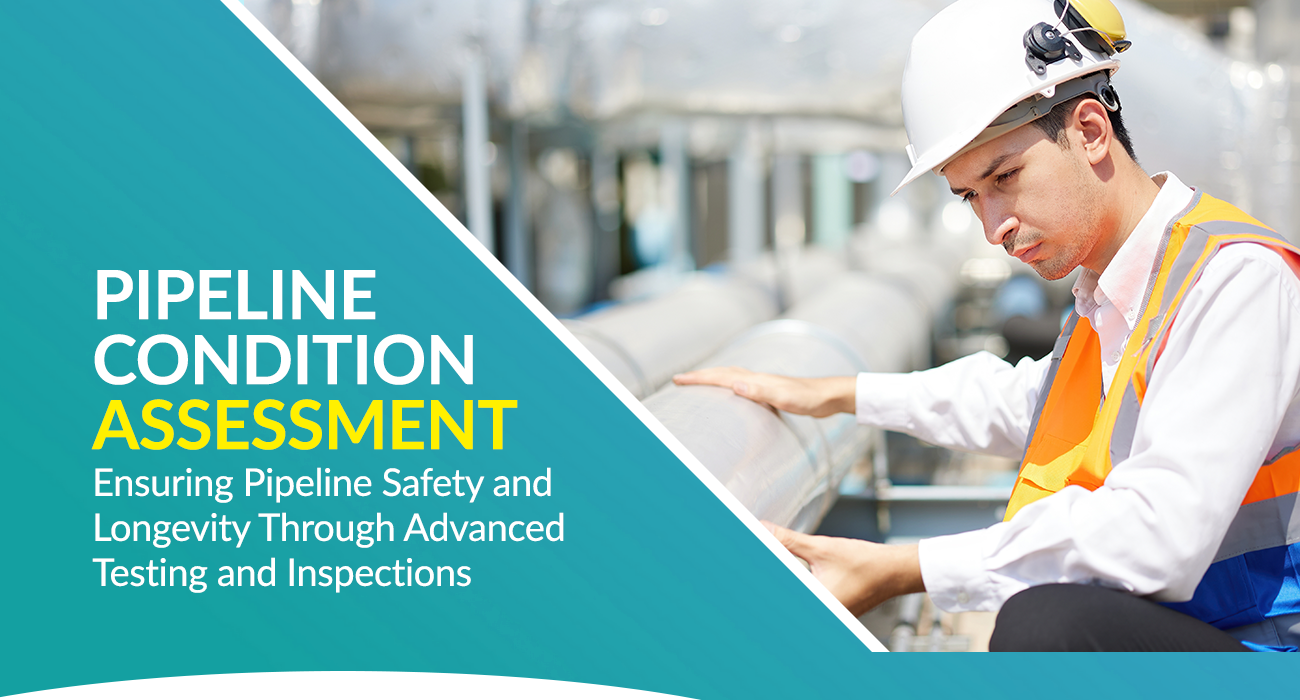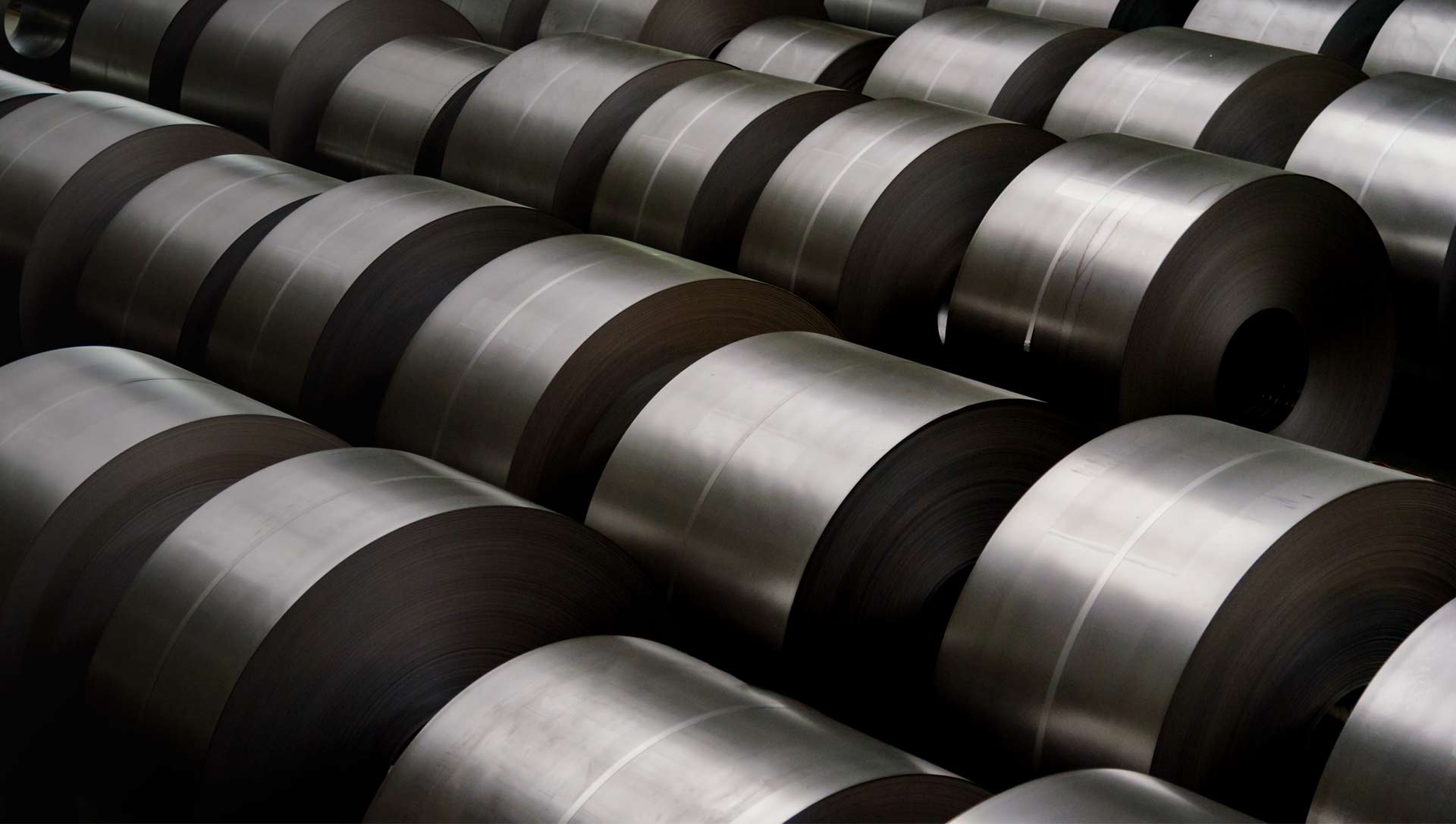
Pipeline Condition Assessment: Ensuring Pipeline Safety and Longevity Through Advanced Testing and Inspections
Pipelines are the lifelines of industries, transporting water, oil, gas, and other essential materials. Ensuring their safety and efficiency is critical for operational success. A comprehensive pipeline condition assessment plays a vital role in maintaining pipeline integrity by identifying potential weaknesses before they escalate into costly failures. Through advanced testing and inspection techniques, operators can safeguard pipelines, minimize environmental risks, and extend the infrastructure’s lifespan.
Understanding Pipeline Condition Assessment
A pipeline condition assessment is a systematic evaluation of the structural and operational health of pipelines. This assessment identifies corrosion, leaks, blockages, cracks, and other defects using visual inspections, non-destructive testing (NDT), and advanced diagnostic tools. The primary goal is to ensure uninterrupted operations, reduce emergency repairs, and optimize maintenance planning.
Regular assessments not only detect existing issues but also predict potential risks, helping operators make informed decisions. For example, in the oil and gas industry, pipelines often traverse harsh environments, making early detection of corrosion and material fatigue critical to prevent environmental disasters.
Why Testing and Inspections Are Crucial
Testing and inspections form the backbone of an effective pipeline condition assessment program. They provide actionable insights that help operators maintain safety, reduce costs, and comply with industry regulations. The benefits of regular inspections include:
- Early Detection of Defects: Minor cracks, corrosion, or material degradation can be identified before they escalate.
- Cost Savings: Planned maintenance prevents expensive emergency repairs.
- Operational Reliability: Ensures pipelines function efficiently without unexpected shutdowns.
- Safety and Environmental Protection: Prevents leaks that could cause accidents or environmental damage.
- Regulatory Compliance: Meets national and international pipeline safety standards.
For instance, a case study from a municipal water supply network in Dubai showed that routine CCTV inspections helped detect sediment buildup and small cracks in aging pipelines. Addressing these issues prevented potential leaks that could have disrupted water supply to thousands of residents.
Advanced Techniques in Pipeline Condition Assessment
CCTV Pipeline Inspections
Closed-Circuit Television (CCTV) inspections involve high-resolution cameras moving through pipelines, capturing real-time video footage. This method is effective for detecting cracks, blockages, and joint failures. In cities like Abu Dhabi and Doha, CCTV inspections have been used extensively in sewer and water pipelines, helping operators identify structural issues without excavation, saving time and costs.
Acoustic Emission Testing
Acoustic emission testing detects high-frequency waves generated by pipeline stress. These waves indicate leaks, corrosion, or cracks. In a real-life application, a gas pipeline operator in the Middle East detected early-stage corrosion using acoustic sensors, allowing targeted maintenance that prevented a major leak.
Ultrasonic Testing (UT)
UT sends high-frequency sound waves through the pipeline material. Reflected waves reveal internal defects, wall thinning, and corrosion. For example, offshore oil pipelines frequently use ultrasonic testing to measure wall thickness and evaluate the remaining service life of steel pipes under high-pressure conditions.
Magnetic Flux Leakage (MFL)
MFL is used primarily for ferrous pipelines. The pipeline is magnetized, and any leakage in the magnetic field indicates corrosion or metal loss. In a North Sea oil pipeline, MFL testing identified localized pitting that, if left unaddressed, could have caused structural failure.
Smart Pigging
Smart pigs are devices sent through pipelines to collect detailed data using sensors and magnetic field measurements. They detect corrosion, cracks, and geometric deformations. A Middle East oil operator used smart pigging on a 150 km pipeline, identifying multiple corrosion points and optimizing maintenance schedules without stopping production.
Robotic Inspections
Robotic inspection systems navigate complex or hazardous pipelines, equipped with cameras and sensors. In an industrial chemical plant in Saudi Arabia, robotic inspections accessed high-risk areas containing toxic materials, gathering data that would have been impossible for human inspectors to obtain safely.
Hydrostatic and Pressure Testing
Hydrostatic testing involves filling a pipeline with water or fluid and pressurizing it to detect leaks or weaknesses. Pressure testing is commonly performed on newly installed or repaired pipelines to verify their operational reliability. In a UAE desalination plant, hydrostatic testing of new pipelines ensured safe water transport without leaks before commissioning.
Real-World Case Studies
Oil Pipeline Corrosion Prevention:
A pipeline spanning multiple oil fields in Oman underwent routine pipeline condition assessment using smart pigging and MFL testing. Corrosion points were detected early, allowing targeted repairs. This approach prevented significant oil losses and reduced environmental risks.
Municipal Water Pipeline Monitoring:
A Dubai municipality implemented CCTV and ultrasonic inspections for aging water pipelines. These assessments identified internal corrosion, sediment buildup, and joint weaknesses. Timely repairs reduced water wastage and maintained a safe supply to residents.
Industrial Chemical Pipeline Integrity:
In a chemical plant in Riyadh, robotic inspections were used in pipelines carrying hazardous fluids. The robots detected micro-cracks and erosion in complex bends. Immediate repair prevented operational hazards and ensured regulatory compliance.
Benefits of Regular Pipeline Condition Assessment
- Early Detection of Issues: Small defects are identified and addressed before major failures occur.
- Cost-Effective Maintenance: Reduces emergency repairs and extends pipeline life.
- Operational Reliability: Ensures continuous operations with minimal downtime.
- Environmental Safety: Prevents leaks and contamination incidents.
- Regulatory Compliance: Aligns operations with safety standards and avoids penalties.
- Optimized Maintenance Planning: Inspection data supports strategic maintenance scheduling.
Challenges in Pipeline Condition Assessment
Despite its benefits, pipeline condition assessment faces challenges:
- Accessibility: Remote or underground pipelines can be hard to inspect.
- Technology Limitations: Not all inspection methods detect every defect type.
- Cost: Advanced techniques can be expensive, especially for long pipeline networks.
- Data Interpretation: Skilled professionals are required to analyze complex inspection data accurately.
Future of Pipeline Condition Assessment
Technological advancements are shaping the future of pipeline assessments. Artificial intelligence (AI) and machine learning are being integrated to analyze inspection data, detect patterns, and predict potential failures. Autonomous inspection drones and IoT-enabled sensors allow continuous monitoring and real-time reporting, reducing reliance on manual inspections.
Predictive maintenance strategies are gaining prominence, where inspections not only identify current issues but also forecast future problems. This approach ensures optimal resource allocation, reduces risks, and enhances the sustainability of pipeline operations.
Conclusion
A comprehensive pipeline condition assessment is essential for the safety, efficiency, and longevity of pipelines across industries. By employing advanced testing and inspection methods such as CCTV inspections, acoustic emission testing, ultrasonic testing, magnetic flux leakage, smart pigging, robotic inspections, and hydrostatic testing, operators can detect problems early, plan targeted maintenance, and prevent costly failures.
Real-world case studies from oil, gas, water, and chemical sectors demonstrate the tangible benefits of regular assessments. By adopting these strategies, pipeline operators can ensure operational continuity, environmental protection, and compliance with industry standards, while extending the service life of their pipelines. In an era where infrastructure reliability is critical, proactive pipeline assessments are not just a technical requirement—they are a strategic investment in safety, sustainability, and long-term operational success.




Post a comment